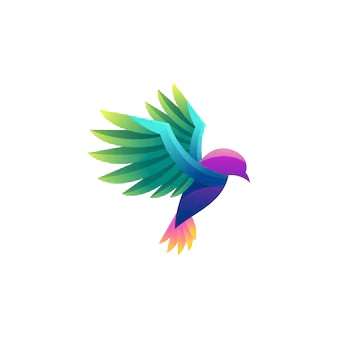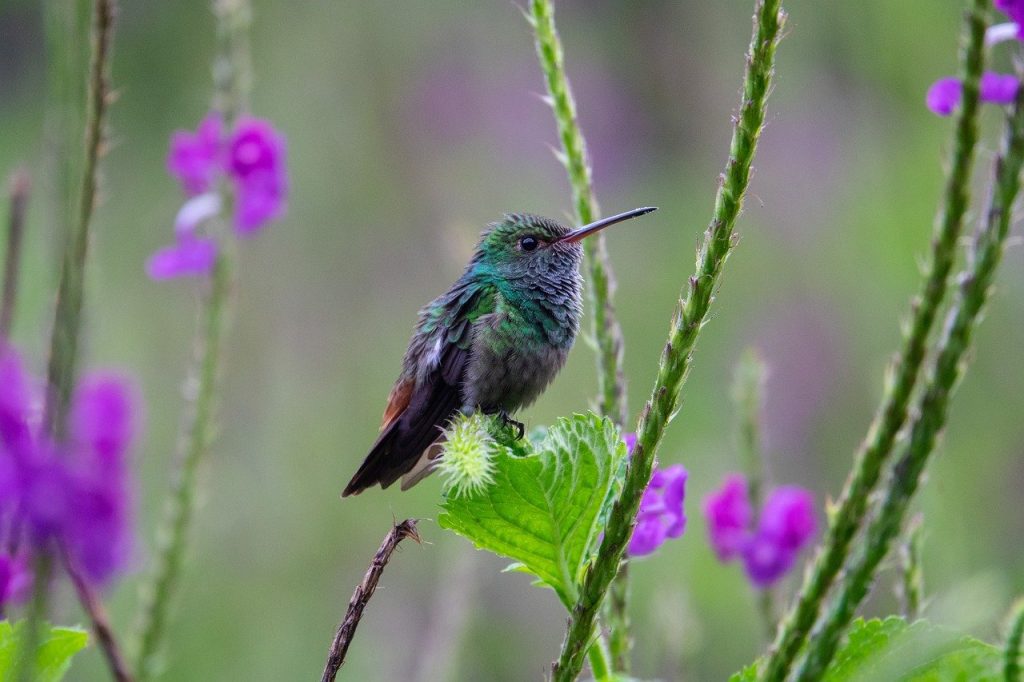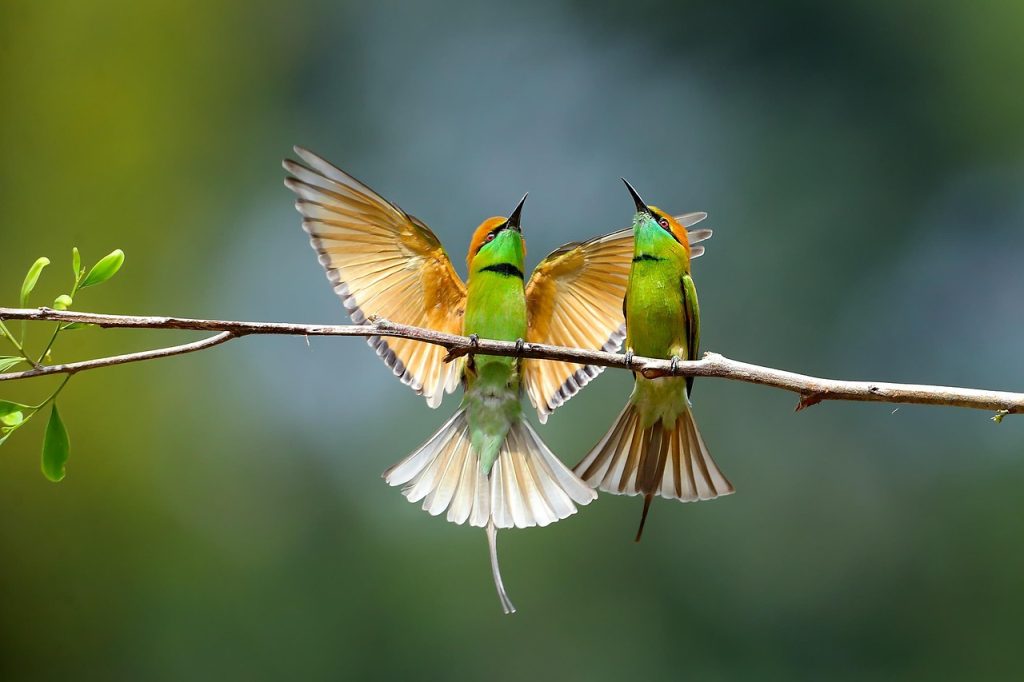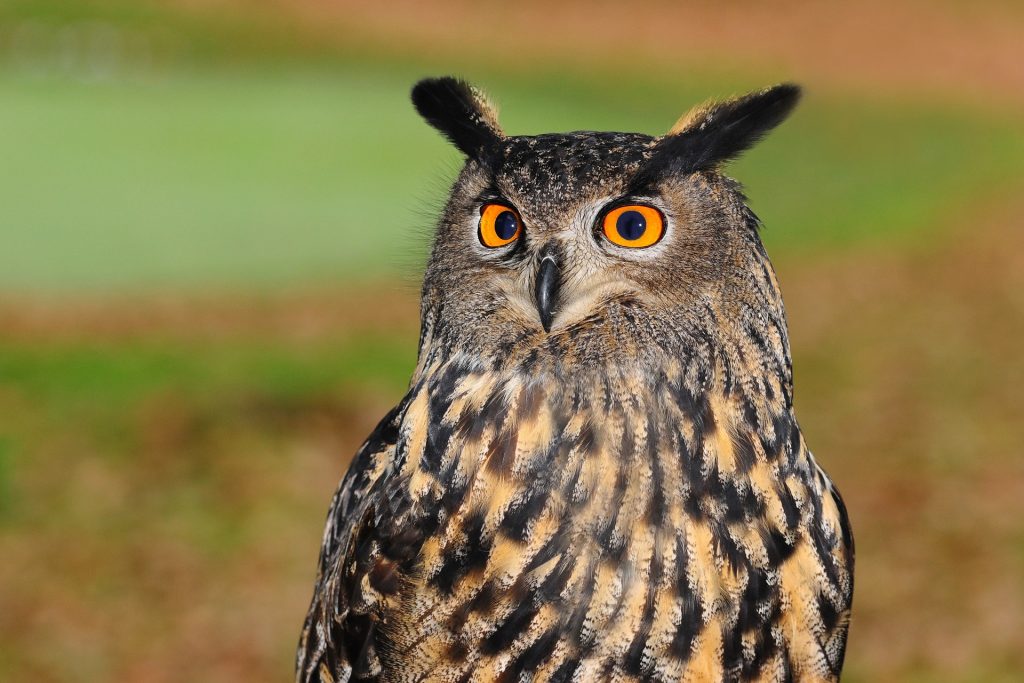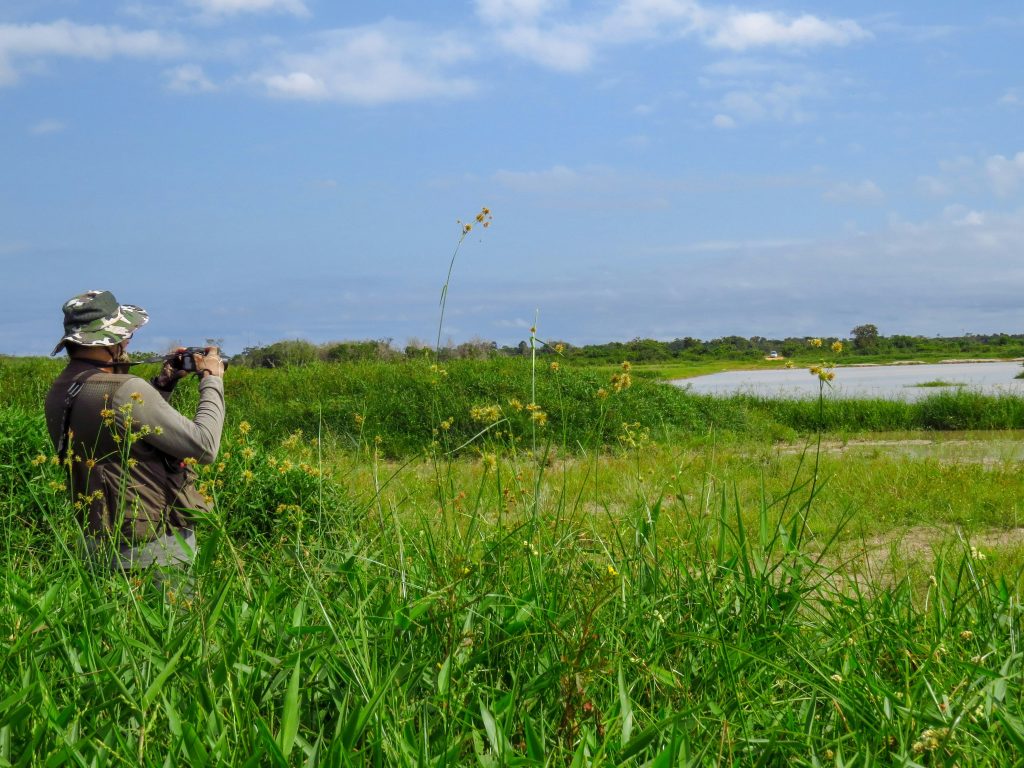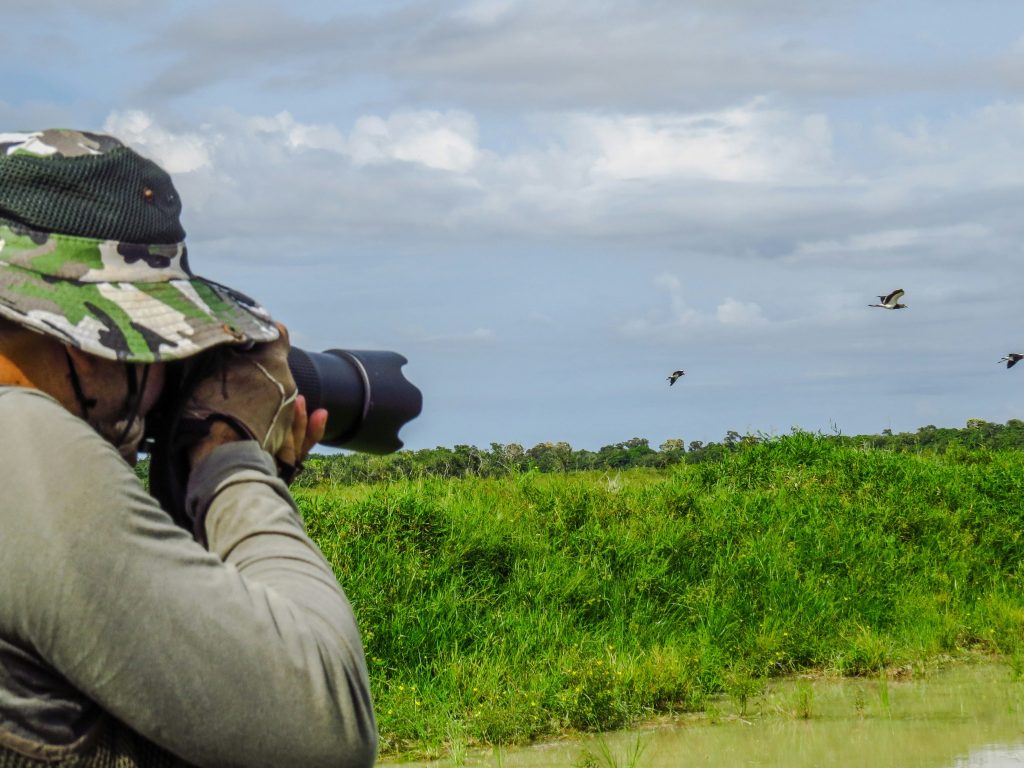Birdwatching: Unlocking the Secrets of the Avian World
Birdwatching, or birding, is a captivating and educational hobby that invites enthusiasts to observe and appreciate the diverse species of birds in their natural habitats. This guide will explore the origins of birdwatching, essential gear, bird identification techniques, prime locations for birdwatching, and practical advice for beginners. The Evolution of Birdwatching Birdwatching has a rich history, evolving from a practical activity into a popular leisure pursuit and scientific study. In ancient times, people observed birds for hunting and agricultural purposes. However, the Renaissance and Enlightenment periods marked a shift towards a more systematic approach to studying birds. The publication of John James Audubon’s “The Birds of America” (1827-1838) was a landmark in birdwatching history. Audubon’s detailed illustrations and observations inspired many to take an interest in ornithology. The formation of birdwatching societies, such as the Audubon Society in the United States and the British Trust for Ornithology in the UK, further promoted birdwatching as a hobby and a conservation effort. The 20th century brought technological advancements in optics and the publication of field guides, which revolutionized birdwatching. These developments made it easier for enthusiasts to identify and appreciate the diverse avian species around them. Essential Gear for Birdwatching Birdwatching is a hobby that requires minimal equipment, making it accessible to many. However, having the right tools can significantly enhance your experience. Here are some essential items: Techniques for Identifying Birds Bird identification is a skill that improves with practice. Here are some key techniques to help you identify birds more accurately: Prime Birdwatching Locations Birdwatching can be enjoyed almost anywhere, but certain locations are renowned for their exceptional bird diversity and viewing opportunities. Here are some top birdwatching destinations around the world: Tips for Beginner Birdwatchers If you’re new to birdwatching, here are some tips to help you get started and make the most of your experience: The Benefits of Birdwatching Birdwatching offers numerous benefits, both for individuals and for the environment. Here are some of the key advantages: Birdwatching and Conservation Birdwatching plays a crucial role in conservation efforts. Birdwatchers often contribute valuable data to scientific studies and monitoring programs, helping to track bird populations and assess the health of ecosystems. Organizations like the Audubon Society, BirdLife International, and the Royal Society for the Protection of Birds (RSPB) rely on data collected by birdwatchers to inform conservation strategies and protect critical habitats. By participating in citizen science projects and advocating for bird-friendly policies, birdwatchers can make a significant impact on the preservation of avian species. Conclusion Birdwatching is a delightful and enriching hobby that offers a deeper connection with nature and endless opportunities for discovery. Whether you’re observing the vibrant plumage of a songbird in your backyard or marveling at the diversity of species in a remote wetland, birdwatching provides a sense of wonder and appreciation for the natural world.
